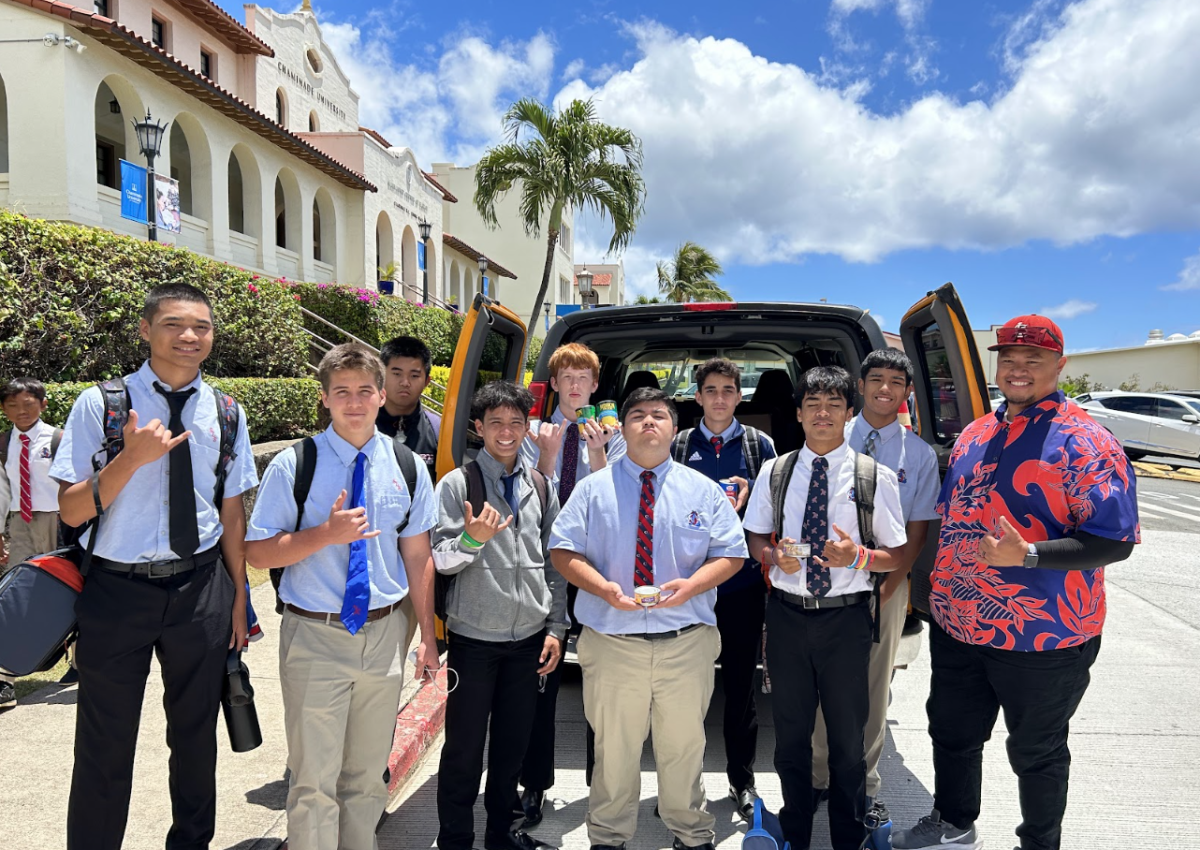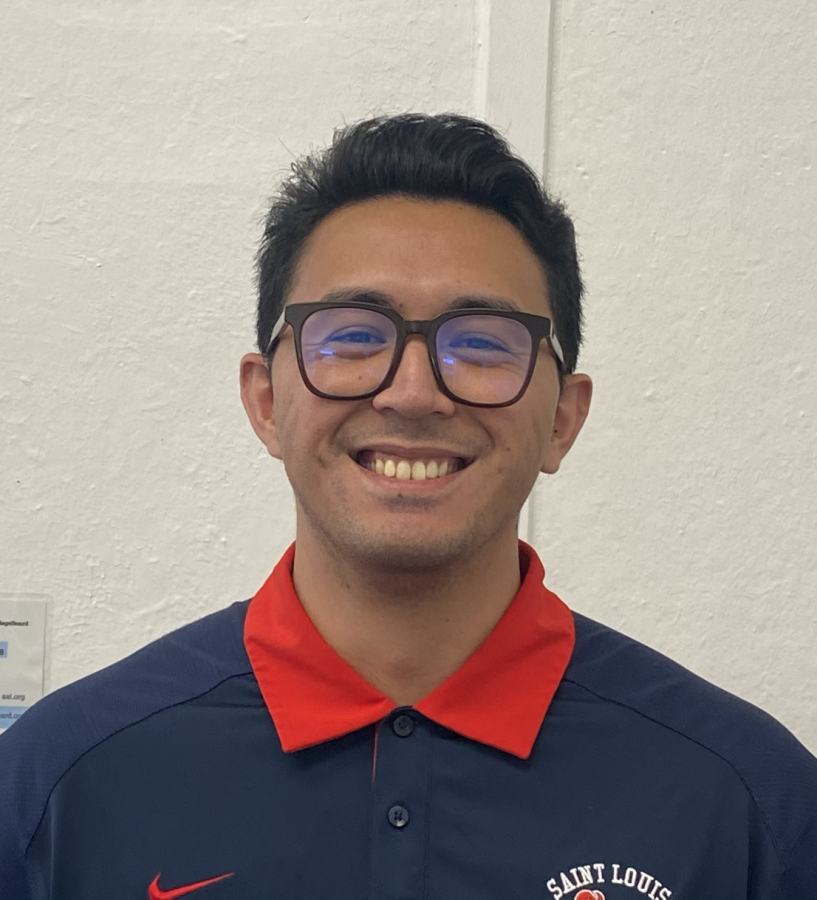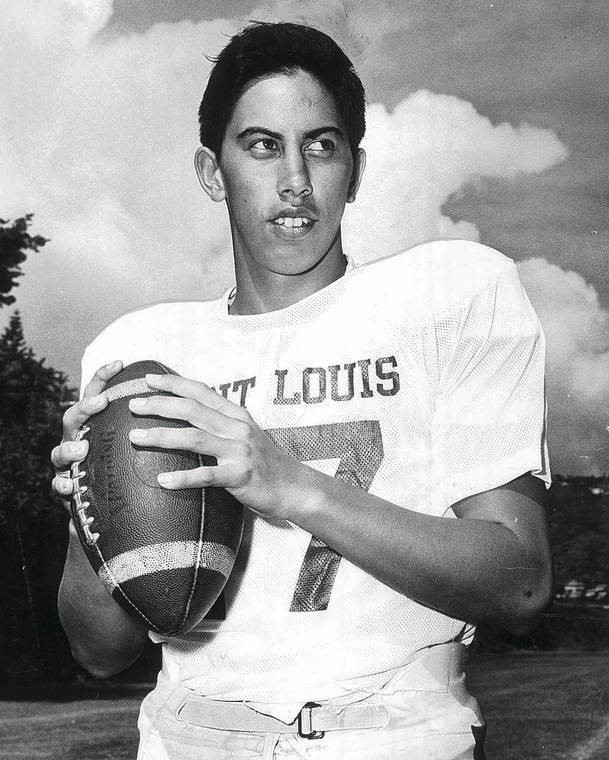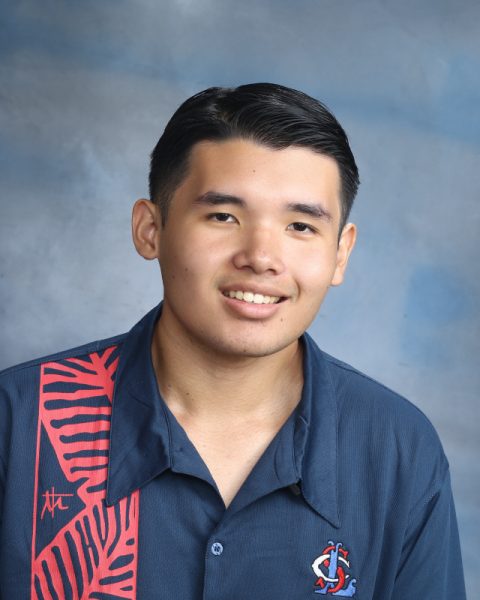From the slopes of Kalaepōohaku to the grand corridors of life, several notable alumni of Saint Louis School have made a tremendous impact on Hawaii, leaving their mark in sports, business, and entertainment.

However, only a few individuals hold a distinctive place in Hawaii’s history regarding politics and government, exemplifying the values of a Saint Louis man. Leadership, humility, and integrity are just qualities attributed to such alumni. Consider this: among the many distinguished alumni of Saint Louis School in government and politics, who best embodies these values? The answer lies in the legacies of former Governor John A. Burns, Mayor Neil S. Blaisdell, and Lieutenant Governor Duke Aiona—three men who left an indelible mark on Hawaii while exuding the characteristics of a Saint Louis man.
John A. Burns (SLS Class of 1930), described in his yearbook as someone who “maintains the courage of his convictions,” still influences Hawaii today. He reshaped Hawaii’s political landscape as the new state’s governor, leading the Democratic Party’s rise. Born in Montana, Burns attended Saint Louis College in the late 1920s. After high school, he joined the Honolulu Police Department, where his connection with the Japanese community sparked his political career. Elected governor in 1962, Burns served until 1974, championing equal opportunities and boosting Hawaii’s economy through tourism and foreign investment.

Neil Blaisdell (SLS Class of 1921), the longest-serving Mayor before Frank Fasi, left a legacy as grand as the stadium bearing his name. Timothy Los Banos highlighted that Blaisdell and Burns were “both products of the Territory of Hawaii in the first half of the 20th century.” This background gave Blaisdell the courage to navigate the political challenges leading up to and following statehood.

Courage, a hallmark of a Saint Louis man, defined Blaisdell’s tenure as Honolulu’s mayor from 1955 to 1969. He oversaw Hawaii’s most significant construction boom, including the development of the Honolulu International Center, later renamed after him. Often the lone Republican in city government, Blaisdell maintained productive relationships with his peers. Reflecting on his impact upon retiring in 1969, Blaisdell proudly stated, “We were just a small, village-type city in 1955 when I became mayor, and we have built it into one of America’s great metropolises.”

The impact of these men extends beyond their time, influencing figures like former Lieutenant Governor Duke Aiona ’73. A lawyer and judge by training, Aiona never planned on politics. When both parties asked if he was interested, he replied, “Not interested at all. Don’t call me. I’ll call you.” His most resonant role was in circuit court, where he developed the Hawaii Drug Court program. “That was a great and defining moment for me,” says Aiona.
Elected lieutenant governor in 2002, he served until 2010 with Linda Lingle, calling it a “God thing.” His deep faith in God guides him, a core value of a Saint Louis man. Reflecting on government, Aiona states, “It’s about being objective, it’s about being fair, it’s about being independent. It’s about making decisions based on the facts.” These principles show the discipline Saint Louis instilled in him.
Leadership is a predominant trait in the legacies of Burns, Blaisdell, and Aiona—humility, courage, and faith define them. These alumni exemplify what it means to be a Saint Louis man, inspiring current students. Los Banos emphasizes, “Today’s SLS students need to understand and appreciate the hard work, self-discipline, and commitment that these men exemplified.” Saint Louis students have a bright future with the foundation laid by these remarkable leaders. By embracing determination and integrity, they can continue this legacy, making their mark on the world and carrying the torch of excellence.









